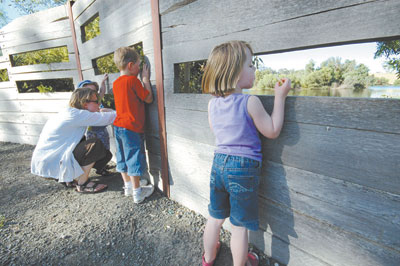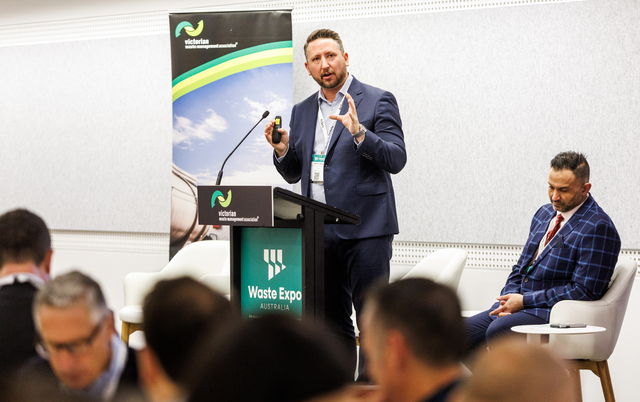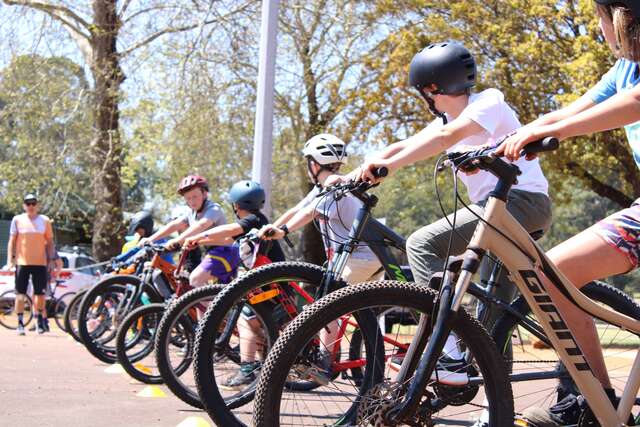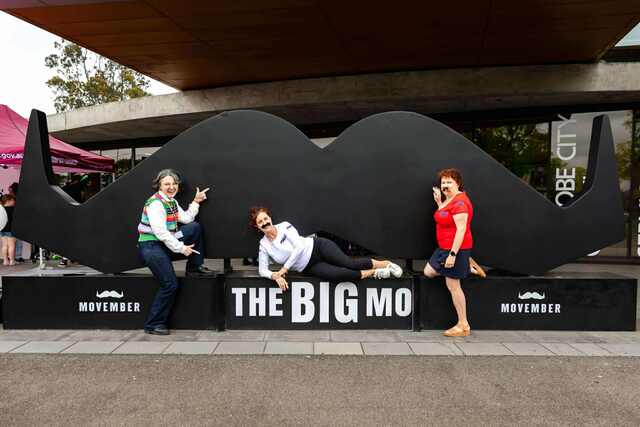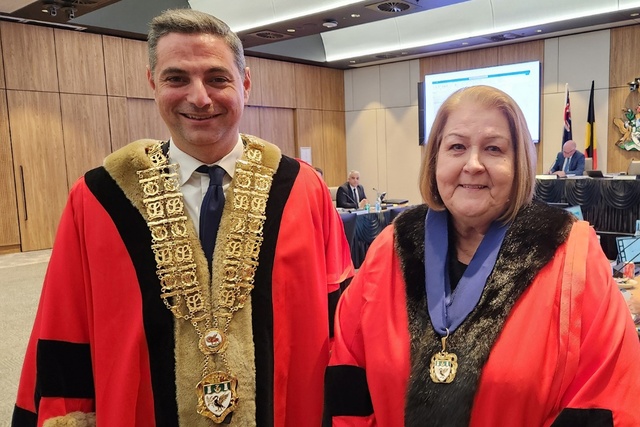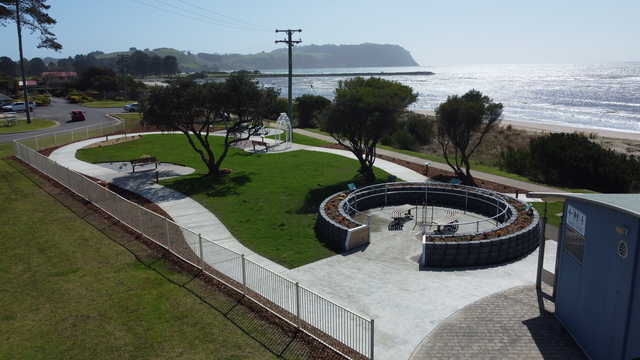South Australia’s District Council of Mount Barker is leading the way in treating wastewater to provide an alternative source of water supply and achieve other ecological benefits for the region.
Located in the picturesque Mount Lofty Ranges just
30 minutes from Adelaide, the district is well known as a tourist destination in South Australia, with one of its towns, Hahndorf, being the number one tourist destination in the State.
The district is also home to rolling landscapes, wineries, native parklands, charming villages and rustic vistas – a perfect cycling and driving destination, as seen with the recent staging of the annual Tour Down Under and Classic Adelaide Rally.
Mount Barker’s Laratinga Wetlands is one of the most successful and diverse artificial wetlands in Australia. Developed by the District Council of Mount Barker in the 1990s, the system naturally cleans wastewater that is reused for watering gardens, flushing toilets, industry, irrigating parks and sportsgrounds, and agriculture.
In addition to water reuse and the natural removal of pollutants from waterways, the area is a popular community recreation reserve, with abundant wildlife and host of other natural attractions.
It has been such a success for local wildlife that the Laratinga Wetlands is a birdwatcher’s paradise, with a wide range of bird species on view every day. Before the wetlands was established only a handful of bird species were seen in the area. Today more than 140 bird species visit, with 40 species known to breed onsite.
Laratinga Wetlands also has three trails and boardwalks – ‘Chestnut Teal’, ‘Rosella’ and ‘Sacred Ibis’ – named after some of the local bird life, which wind around the lagoons through a broad range of native vegetation.
The Laratinga Wetlands is incorporated into an area of approximately 12 hectares, holding on average about
70 megalitres of water at any given time.
Liquid effluent is received at the Mount Barker Treatment Plant via a network of pipes from septic tanks in Mount Barker, Littlehampton and Nairne, where it undergoes sophisticated treatment before natural cleansing/filtration in the wetland ponds.
The treated wastewater then travels through three large ponds, undergoing a lengthy filtration process where the plants growing in Laratinga Wetlands further clean the water by removing nutrients, in particular nitrogen and phosphorus, as the water slowly moves through them.
Common reeds (Phragmites australis) planted in the channels that connect the ponds absorb the nutrients and provide a habitat for frogs, birds and other wildlife that live in the wetland.
This combination of an effluent treatment plant and the Laratinga Wetlands is currently recycling over 25 per cent of Mount Barker’s annual production of wastewater, with all wastewater produced in summer being reused at local parks and reserves, adjoining farms and infrastructure needs.
In the current climate with water shortages and drought, Council believes saving and reusing as much water as possible doesn’t just make sense, it’s absolutely vital.
Recently Council has announced its intentions to increase treated wastewater storage capacity with a massive new dam that will pipe reclaimed water to a copper mine in nearby Kanmantoo.
For further information contact The District Council of Mount Barker, telephone (08) 8391 7200.

